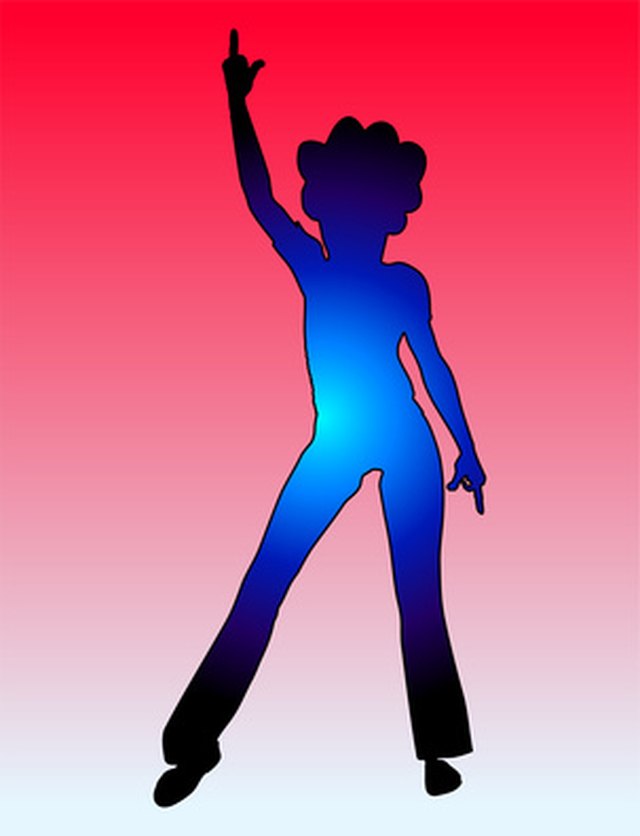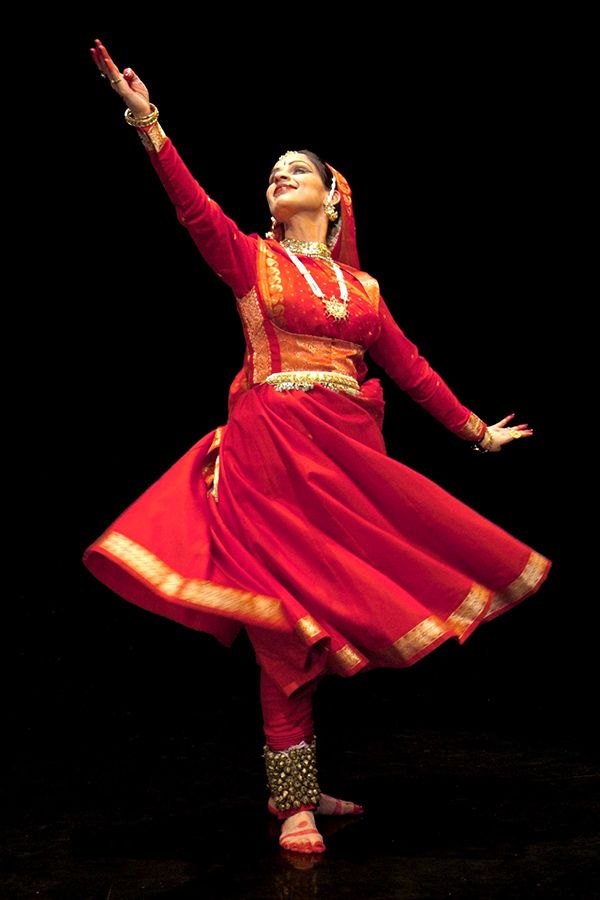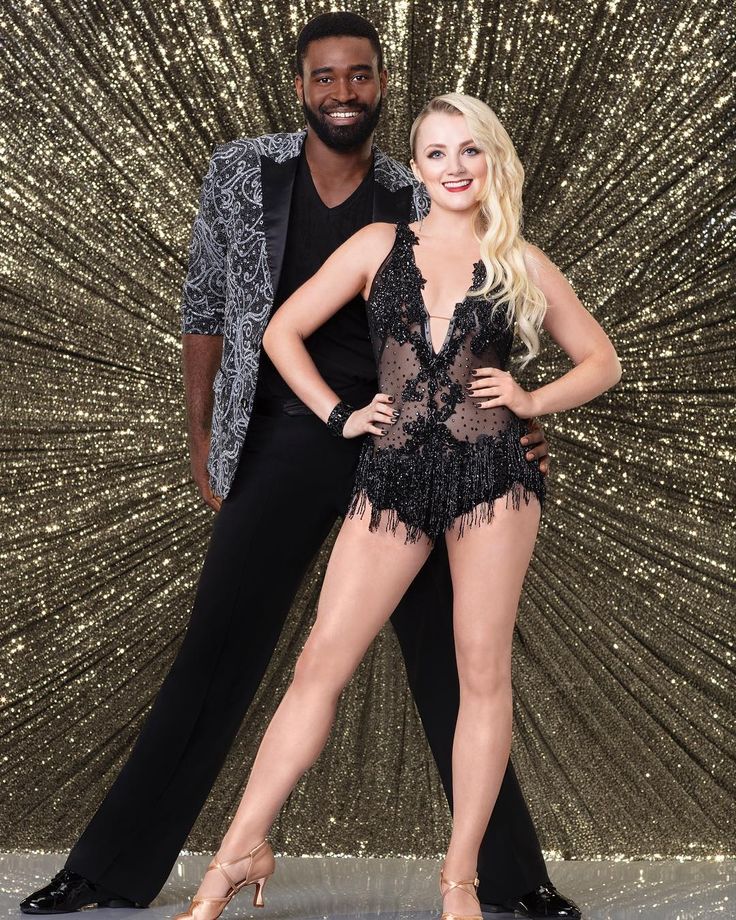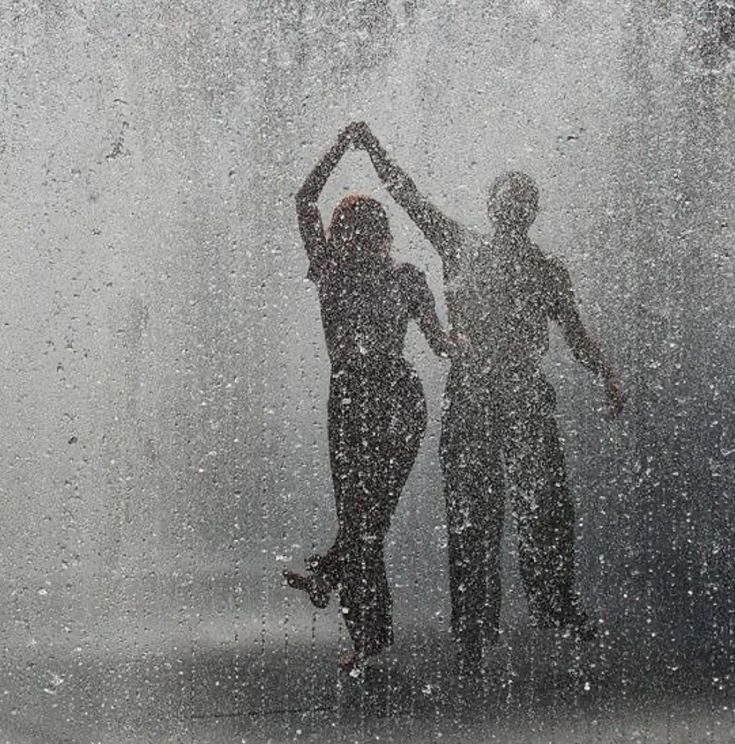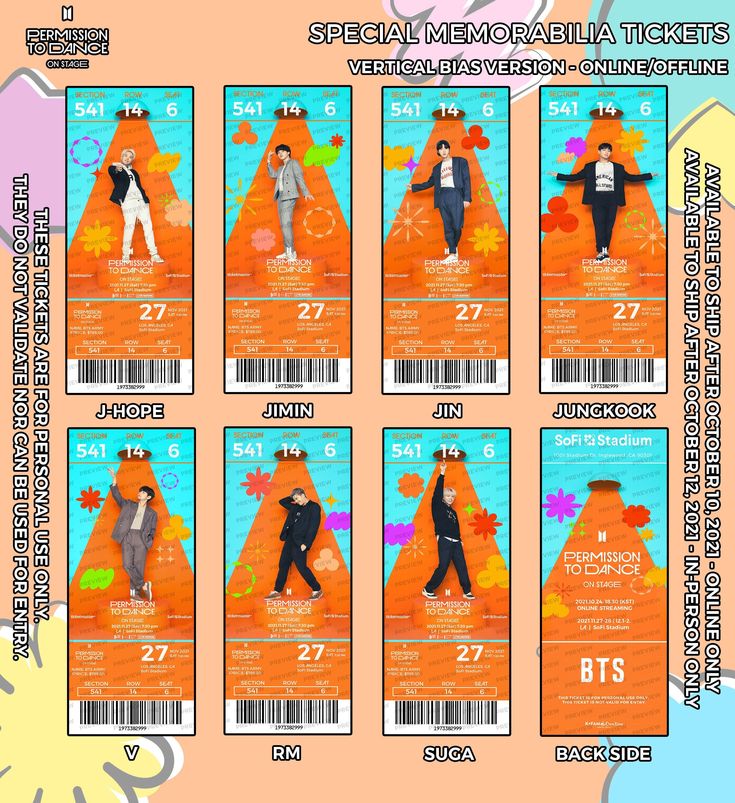How to make your school's dance team
Top 10 Tips to Make Your Dream Dance Team
Top 10 tips you want to consider while seeking a position on your dream dance squad.
Competitive Dance and a Dance Squad
Dancing is a highly competitive activity. There are various kinds of teams such as Youth/association, middle school, high school, collegiate, all-star, and professional teams. The competition is at local, regional, state, national, and international levels.
Competing dance teams are judged on criteria sic as form, team unison, precision, movements such as jumps, leaps, turns, choreography, enthusiasm, and, the use and visual appeal of props such as pom poms.
In a routine, a squad or team will incorporate a specific dance style (i.e., hip-hop, jazz, or lyrical), technical work (leaps, turns, kicks, splits, jumps), and, depending on the routine, pom-poms, and cheers.
Dance teams are also popular in performance dance, especially at sporting events, most commonly performing during the pre-game and halftime periods (and, in some cases, on the sidelines) of football and basketball games.
A Dance Tryout
Given the immense popularity of dance teams, getting into a favorite dance squad is not an easy task. Every girl in their freshman year wants to be one of the girls in a sparkly top dancing on the sidelines on every Football Friday night throughout the fall. To achieve this dream, a dancer requires dedication, commitment, skills, talent and more.
Anyone interested in being part of a dance squad, both in high school and college is required to attend a tryout. Tryouts are usually held in spring or early summer, so the teams are ready before most sports begin.
There are several aspects to a dance team tryout with the first thing being to know the basic dance techniques that will be used during the season. These techniques usually comprise of toe touches, fouetté turn combinations, kicks, and switch leaps.
One of the critical expectations included in a dance team tryout is that a dancer can quickly master multiple short routines in different styles.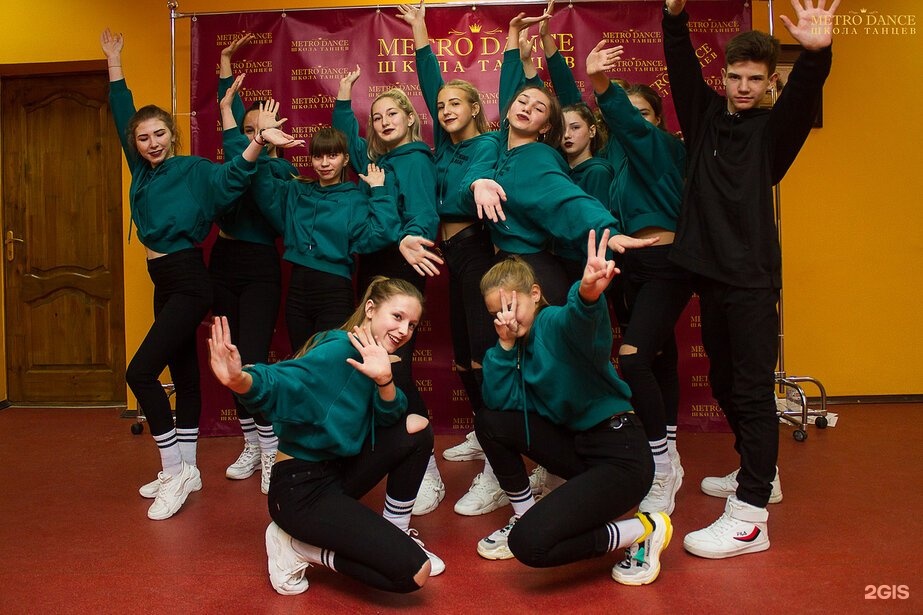 You must know specific styles or forms of dance for certain team tryouts. For example, NDA teams compete with routines that incorporate jazz, hip-hop, and poms styles, so in an audition, you will learn a routine in each of these types of dance and then perform them shortly after that in front of the panel of judges.
You must know specific styles or forms of dance for certain team tryouts. For example, NDA teams compete with routines that incorporate jazz, hip-hop, and poms styles, so in an audition, you will learn a routine in each of these types of dance and then perform them shortly after that in front of the panel of judges.
Tips to conquer Dance Team Tryouts
You have been following a particular dance team for years and have all their performances imprinted in your mind. You even know your favorite dancers by name and signature moves from pieces they've choreographed. Your life mission is to be on the stage with rehearsing, hanging out, training with them. Whichever dream dance team it is – you can be a part of it.
Whether you're trying out for a high school team, or one at the college or professional level, use these tips and tricks to navigate through every step of what can be an emotionally and physically demanding experience.
1. Think About Why You Want to Join a Specific Dance TeamIs it because you look up to certain choreographers and directors? Because you want to grow in that team's style? Because your mission as a dancer aligns with the team? A clear and compelling reason will help you keep your focus on your goal, especially when you run into obstacles or experience hardships during the journey.
You will be interviewed, and knowing answers to why you want to audition for a particular team will make a difference. Considering you will be playing the role of an ambassador when you attend charity events or local events, you need to remember your real purpose for being part of a team, so it shines through in front of fans.
2. Train as if You're Already on the Dream Dance TeamA dance team spends a lot of time together, what with the weeks and months and years of rehearsing and performing and travel. Teams are families and little communities. For a newcomer to belong to a team and be welcomed, they have to vibe with the team, as a dancer and just as important as a person.
To achieve this, you need to belong to that community and one way you can do that are by taking classes from/with members of the team, especially the directors. You will start to get familiar with their style, teaching methods, and personalities. You will also get to know the other members of the team who are taking those classes. Use the lessons to not just learn about the choreographer or director's style by observing them; even analyze how they move, how they take instruction, and how they interpret the music.
Use the lessons to not just learn about the choreographer or director's style by observing them; even analyze how they move, how they take instruction, and how they interpret the music.
Being familiar with the style that is expected will give you confidence, and even if you mess up during auditions, the team and directors will have already seen you train and dance outside of that!
3. Form Relationships with the Team MembersIf part of the reason why you want to join a dream team is the culture and kind of people on it, then you need to understand if in the long term it will resonate with you. Each team has its own culture, a brand, personality, and history that were shaped by its members since the team's beginnings. Do you vibe with it? Remember – the team has to be a good fit for you, too, as much as you are for it. So get to know the team members and you will get a sense of if it's the place for you. And if you can get along with most of the people on the team, you're good.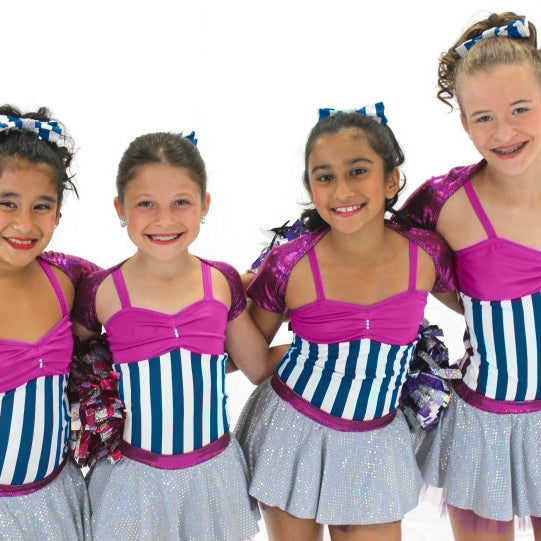
And by that, I don't mean the audition dates. Dig around to find out about any team skill requirement; specific techniques in dance forms that you will need to know, like splits or double pirouettes. Checking on other important details such as participation fees, weight limits, and what the day's event schedule looks can help you feel prepared and in control. Getting the lay of the land before the big day arrives will not only help you prepare better, but you'll feel calmer and focused as a result.
Find out if there are a 'pre-audition workshops' before the actual audition too and ensure you go to those!
Ask around to see what the audition process will be like, how many cuts they will have if there will be callbacks if it is an all-day event or will take a few hours. Be prepared accordingly and bring a change of clothes, water, snacks, and of course the right mental makeup.
5. Take Classes from a Professional StudioWhen you are preparing for being part of a top-notch dance team, your dance skills will be the most critical consideration. Hone them to a razor sharp edge by taking professional dance lessons ahead of time. A strong background in dance will also give you an advantage over other dancers who have little or no formal training.
Hone them to a razor sharp edge by taking professional dance lessons ahead of time. A strong background in dance will also give you an advantage over other dancers who have little or no formal training.
Before signing up to dance classes, research to identify what style of dance will best help you in your tryouts. Ballet helps with balance and poise while Jazz can help boost your precision and technique. A hip-hop class will help you take your style up a notch.
6. Improve Your TechniqueSo you have always danced and felt prepared to take on the toughest audition? Don't let it lead to complacency. Becoming a collegiate dancer means you still have room to improve as the expectations you must meet have been drastically raised. Practice your turns, practice your jumps, practice your leaps, and especially practice unique skills that could set you apart- such as wearing your hair and makeup and interview skills.
Sign up for classes that can give you the practice you need and help you perfect required skills. The coaches can share their own stories, and you can certainly benefit from the tips and advice from those who have been around.
The coaches can share their own stories, and you can certainly benefit from the tips and advice from those who have been around.
Supplementing your dance classes at a professional studio with a workout plan at least a few weeks before your tryout will up your endurance and flexibility significantly. A good workout plan should include a combination of cardiovascular exercises balanced with stretching or yoga.
If you do make the team, you will have to most likely participate in a training camp with the rest of the team, so it’s best to be prepared in advance. Doing a split requires daily stretching; you will also need a lot of strength and stamina to be a dance team member. Work on building muscles in your back and stomach, and condition yourself by raising your heart rate each day by exercising.
8. Be TeachableWhen auditioning for college programs, judges are looking for more than proper technique and knowledge of dance forms.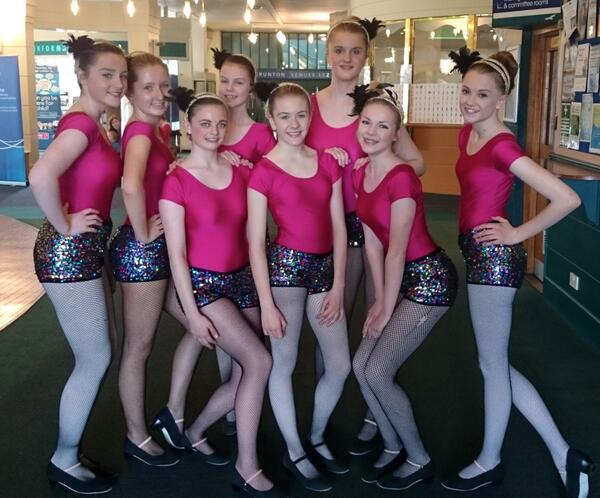 Having a teachable personality means staying loose, staying engaged, laughing at your mistakes, and holding your head up high. And don't rest unless you get answers to your questions.
Having a teachable personality means staying loose, staying engaged, laughing at your mistakes, and holding your head up high. And don't rest unless you get answers to your questions.
Your determination will not go unnoticed. Auditors want to know you are not smug about your achievements till date and are looking for those who they want to hang out with for the next four years, people who are open to learning, growing, and improving!
9. Remember That Performance Scores PointsCollege Programs are looking for people who are good at two of the three triple threats (dancing, singing, and acting) but the golden ticket that will get your acceptance letter has to be your potential in the third realm. The judges are observing your willingness to go for it, and enjoying your performance the joy on your face, so, SMILE!
Personality is a big part of an art form like dancing, so make sure yours shines through; hold your head up at all times and keep a pleasant look on your face and show them how excited you are to be auditioning for a spot on the team. It is also essential that you speak well and are personable.
It is also essential that you speak well and are personable.
In the collegiate world, expect to appear on television and real close-ups. Thousands of fans see your shining face on the field or court, and thousands more will also be watching behind a television screen. With this being said, it is vital that you look your best at a collegiate tryout.
Most dance teams have dress code requirements for tryouts. If the team doesn't tell you what to wear for tryouts, wear black stretch pants and a bright tank top or even a fabulous leotard. Brings two pairs of shoes, as there may be two rounds, one focusing on jazz (carry jazz booties) and the other for hip hop (use non-marking dance sneakers)
Booty shorts and a crop top with nude fishnet leggings works excellent. Some bling on the top like diamante or sequins helps you shine, and of course, colors of the team you are trying to make will be a huge plus!
Keep Perspective
While your whole mission in high school and college may be to make that coveted position on the school, college, all-star or State dance team, going for a dance tryout is more than that.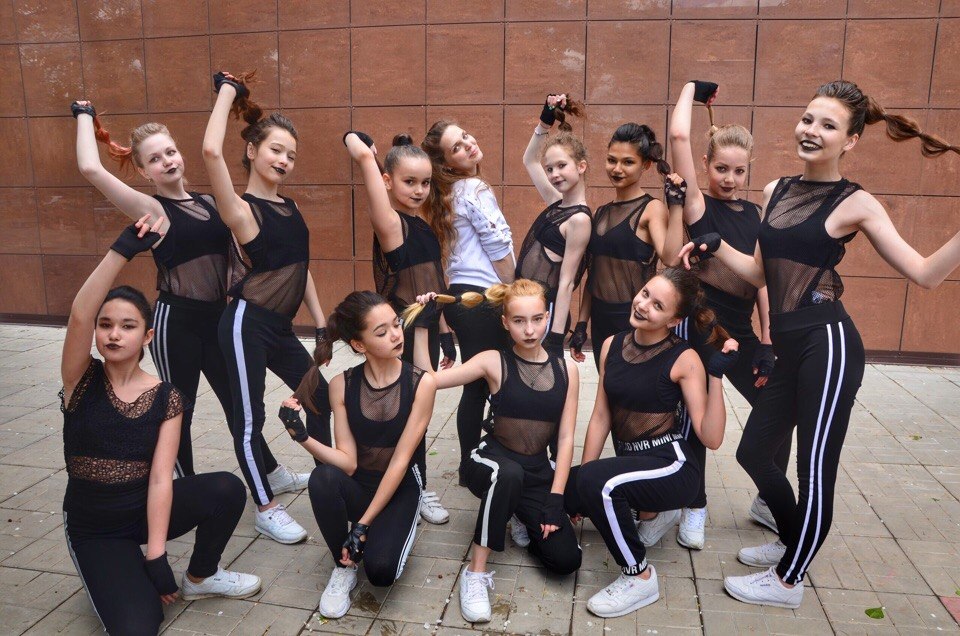 Auditions have an element of unpredictability, and there are as many stories of disappointed freshmen as there are of successful ones. Just know that the life lessons you will learn in the process of preparing for and giving a dance tryout are as precious as wearing the colors of the team.
Auditions have an element of unpredictability, and there are as many stories of disappointed freshmen as there are of successful ones. Just know that the life lessons you will learn in the process of preparing for and giving a dance tryout are as precious as wearing the colors of the team.
All the very best in making it to your Dream Team!
How to Make Your College Dance Team
B10 College Dance Teams: University of Minnesota, University of Wisconsin, University of Iowa, The Ohio State University (left to right)A college dance team is a great way to further your dance experience while also getting a college degree. If you attend a university or even a 2-year college, there is most likely a dance team for their school. Thousands of dancers try out for a college team every year. Although, there are many dancers that audition, many high school dancers don’t even know where to begin. There are numerous tips and tricks to learn about making a college team, but many people won’t talk about them.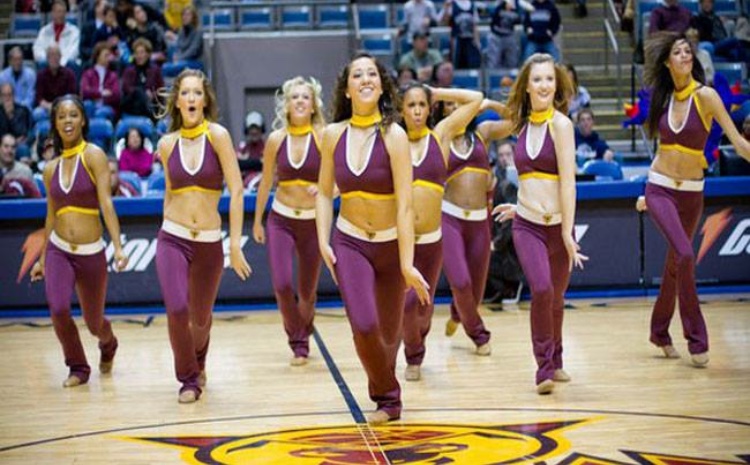 One of the reasons is that they don’t want to share their secrets because it is a highly competitive process and no dancer is guaranteed a spot, even if you are a returner!
One of the reasons is that they don’t want to share their secrets because it is a highly competitive process and no dancer is guaranteed a spot, even if you are a returner!
When I started preparing for my college tryout, I was lucky because trying out for a college dance team didn’t have the fierce competitiveness that it does today. I had former college dance team members willing to help me and gave me advice on how to make my college team. Although this was only three years ago, each year brings young new talent with skills and tricks better than the year before.
Choosing a Team
The first tip they gave me was to narrow down the colleges I wanted to attend. After I narrowed down my list then do research on the college dance teams. Each dance team has its own unique niche and reputation. Some are highly competitive dance teams that compete at the national level and that is their main focus. Other dance teams are strictly game day dance teams.
Most college dance teams like a hybrid of both.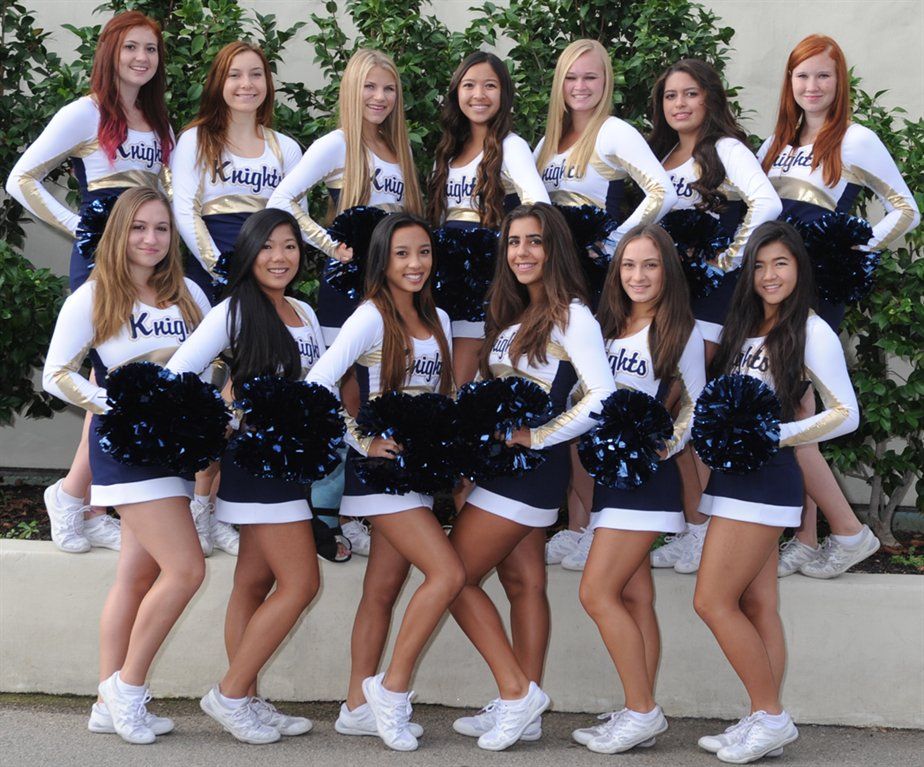 They balance their time between national dance routine preparation and game day events. In addition to whether the team is competitive or not, the type of style they specialize in differs with each team. Some teams have a jazz style while others are more lyrical or contemporary. Others specialize in hip hop while still others focus on pom. While I was getting ready for my college audition, I made sure I knew what the team’s style was and whether it coincided with my strengths as a dancer.
They balance their time between national dance routine preparation and game day events. In addition to whether the team is competitive or not, the type of style they specialize in differs with each team. Some teams have a jazz style while others are more lyrical or contemporary. Others specialize in hip hop while still others focus on pom. While I was getting ready for my college audition, I made sure I knew what the team’s style was and whether it coincided with my strengths as a dancer.
College Dance Team Clinics
At the time that I tried out, there wasn’t a lot of recruiting; however, that has since changed and college coaches seek out the best dancers, just like any other highly sought-after college athlete. College dance teams will hold dance clinics for high school and middle school dancers throughout the year. There, the dancers can meet the coach and current team. In turn, the coach and team can see the dancers that may audition for the next school year.
One way to help make the decision easier as to which dance team a high school senior would like to try out for is to attend some of these clinics.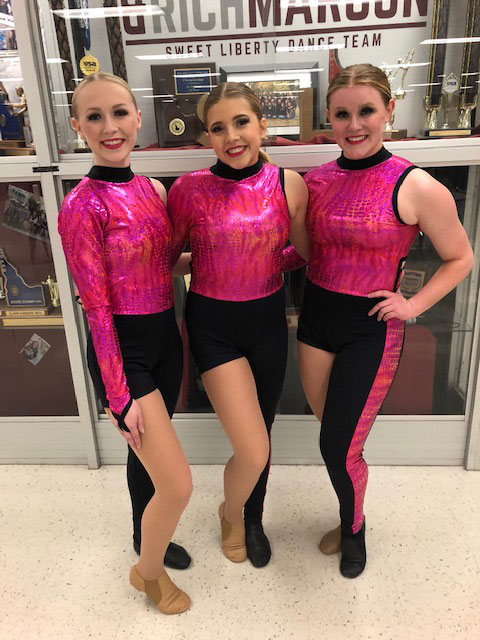 Sometimes, however, it is not that easy- particularly if the college is far away or there are conflicts with the dates. if you cannot make the trip to a particular college dance clinic, not to worry- you can also do research online. Many college dance teams have social media accounts where you can see if the team competes or if they just do game days. Many post their dances so one can see what type of genre, they perform the best and most often. Today, trying out for a college dance team has become more competitive, so while attending a clinic in person is not mandatory, it has become vitally more important.
Sometimes, however, it is not that easy- particularly if the college is far away or there are conflicts with the dates. if you cannot make the trip to a particular college dance clinic, not to worry- you can also do research online. Many college dance teams have social media accounts where you can see if the team competes or if they just do game days. Many post their dances so one can see what type of genre, they perform the best and most often. Today, trying out for a college dance team has become more competitive, so while attending a clinic in person is not mandatory, it has become vitally more important.
CombineUDA Dance College Combine
The Recruitment Process
The pandemic has changed the way we live and it has also changed the way dance team members are selected especially on the collegiate level. The recruitment process is a relatively new way of discovering and selecting new team members for college dance teams and it came about as a result of not being able to hold traditional college dance team tryouts.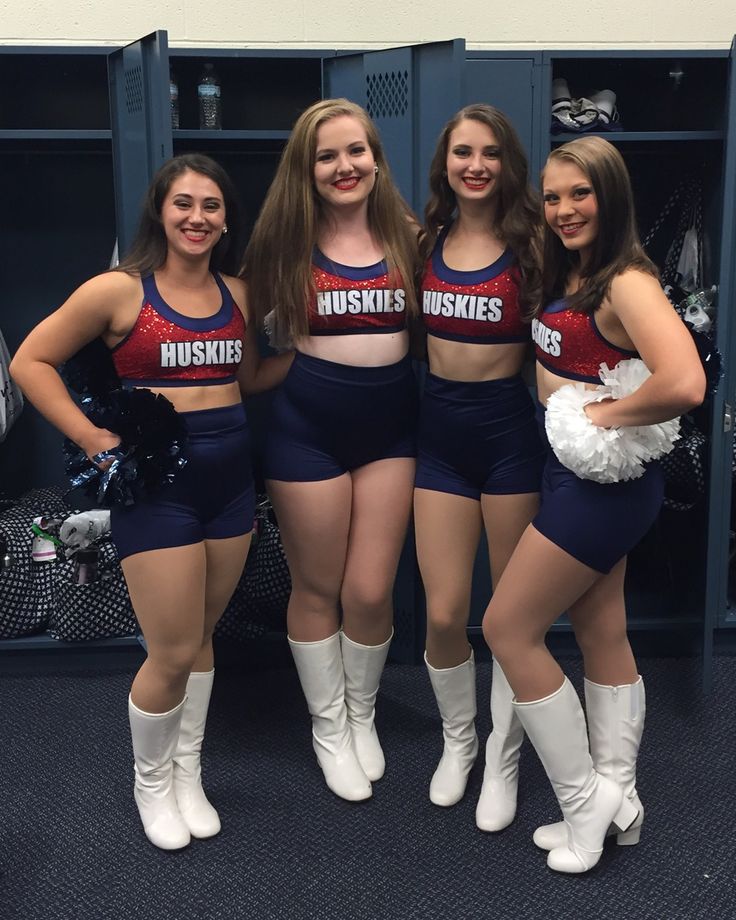 For the University of Iowa as well as many highly competitive university dance teams across the country, the 2021-2022 dance team was actually the first year of the recruitment process for most college dance teams. To be recruited, it is important that you go to the recruitment clinics. Although tryouts have turned into a recruiting process, these prep clinics give coaches an idea of who they want to recruit next year.
For the University of Iowa as well as many highly competitive university dance teams across the country, the 2021-2022 dance team was actually the first year of the recruitment process for most college dance teams. To be recruited, it is important that you go to the recruitment clinics. Although tryouts have turned into a recruiting process, these prep clinics give coaches an idea of who they want to recruit next year.
Each college that is recruiting new members will have its own clinics throughout the year. You can find the specific dates and locations of these clinics on their social media pages or their online websites. When you go to these clinics, they will teach you dance combos in the specific dance styles that the college team does. It is important that you do your research before attending these clinics so you know what styles they do and you are able to perform the skills that the dancers on the team can perform. While it is helpful if you can get help from a dancer affiliated with that team, you can also watch performance videos online.
Looking like You Are ALREADY a Member of The Team
At these clinics, you may also have to do a dance improvisation by yourself in front of a live audience. During this portion of the clinic, you should show off your best tricks and turns and don’t forget to perform. It is also very important that you look professional when attending these college dance team clinics. You will be meeting the current team and coaching staff. Not only are they going to visualize you as a member of their team, but a representative of the University. Another reason why it is important that you do research before attending these college dance team clinics is that different teams also have different looks.
Some college dance teams want their dancers to have a clean athletic look. An example of an athletic look is having your hair pulled back in a bun. Other teams want their dancers to have more of a “glam” look. In this case, wearing your hair down with some make-up and rhinestones on your dance top would be more appropriate. Again, this information is easy to find on the college dance team’s social media account. You can look up past years and see what their current members looked like when they were at tryouts.
Again, this information is easy to find on the college dance team’s social media account. You can look up past years and see what their current members looked like when they were at tryouts.
What to Expect During The Recruitment Process
At these recruitment clinics, coaches may also observe how you interact with others and members of the current team. Most coaches want to make sure that the girls she places on the team can get along with each other. In addition, they are looking for a dancer who not only has great technique but also one that works hard. Coaches also like looking for a dancer that is “coachable”. Being “coachable” means accepting and welcoming constructive feedback while also being quick to learn. When a coach sees potential in a dancer, she may ask for contact information or express interest in them.
13 Ways to be More CoachableHow to be More Coachable in a Sport
After the clinic, the coach may invite you to join the team or request to send in a tryout video. It is important that you attend recruitment clinics and combines. Attending these will help you practice auditioning and meeting coaches at schools you want to attend. Another important factor is to let individual coaches and current team members know that this is your dream! You want them to know that you want to be a part of that particular team and dance for them!
It is important that you attend recruitment clinics and combines. Attending these will help you practice auditioning and meeting coaches at schools you want to attend. Another important factor is to let individual coaches and current team members know that this is your dream! You want them to know that you want to be a part of that particular team and dance for them!
Performance Teams vs. Competitive Teams
Different college dance teams can also differ from one another based on what type of team they are. The two main types of college dance teams are performance teams and competitive teams. Performance teams do not compete at the national or regional level, they just perform at games. Performance teams will dance on the sidelines and during halftime and will also attend public relations events for the university. These teams are often classified as clubs. Similar to a competitive team, you still must audition or get recruited to be part of that college dance team. An example of a performance team is the University of Kansas.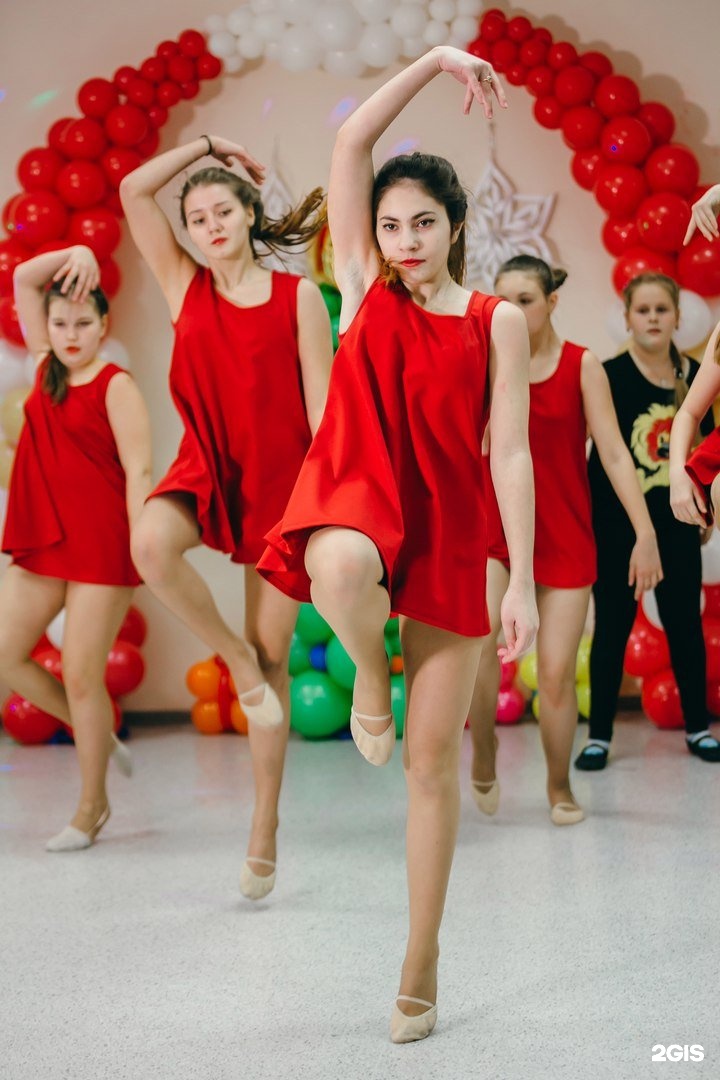 Rock Chalk dance team is the official dance team for the University of Kansas. They perform at their football and basketball games and attend public relations events.
Rock Chalk dance team is the official dance team for the University of Kansas. They perform at their football and basketball games and attend public relations events.
Competitive teams dance also dance at sporting events like the performance teams do. A big difference is that they also compete at the regional and national levels. Most college dance teams that are competitive compete at either the NDA Nationals or the UDA nationals. It doesn’t matter if the team is a performance or a competitive team, it is still competitive to get on a college dance team. It just depends on the time commitment you want to devote and the type of style you want to do during your college dance team career.
College NationalsNDA College National Official SiteThe University of Iowa Dance Team at UDA Nationals. UDA Nationals is held at The ESPN Wide World of Sports Center in Orlando, Florida.
The “It” Factor
The recruitment or audition process for a college dance team can be intimidating.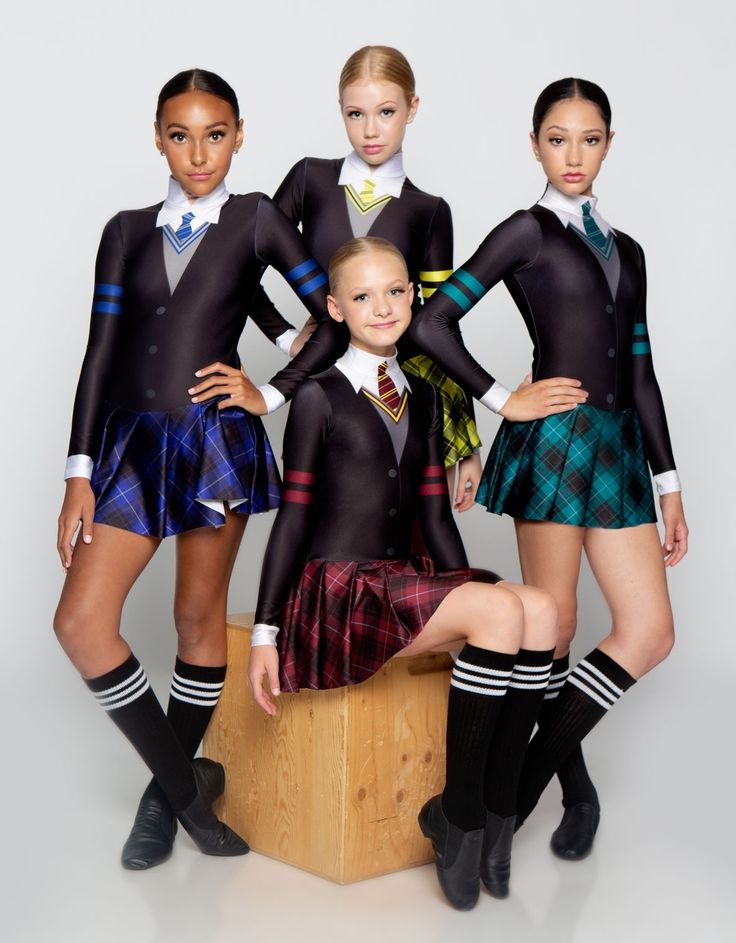 It is not only highly competitive, it is also subjective- based on someone’s opinion. Some college dance teams will have over 200 dancers trying out to make the team. Many dancers with talent won’t dance in college because there are so many dancers that want to. Everyone can think of a person they know who has that “it” factor. That “it” factor that makes them stand out in a crowd of hundreds.
It is not only highly competitive, it is also subjective- based on someone’s opinion. Some college dance teams will have over 200 dancers trying out to make the team. Many dancers with talent won’t dance in college because there are so many dancers that want to. Everyone can think of a person they know who has that “it” factor. That “it” factor that makes them stand out in a crowd of hundreds.
Some dancers are born with that “it” factor- that magic when performing while others have to practice to stand out. One way to do this is to do your research, know the skills you need and come looking professional. When you show up at the clinic, you must look like you’re already a member of their team. Find out what skills that team usually performs and practice your best tricks. Practice makes perfect! After doing that, you can confidently go into the recruitment process! If you accomplish these three things, you will have that “it” factor at your college dance team recruitment, and hopefully earn a spot on that team!
Name for a dance group.
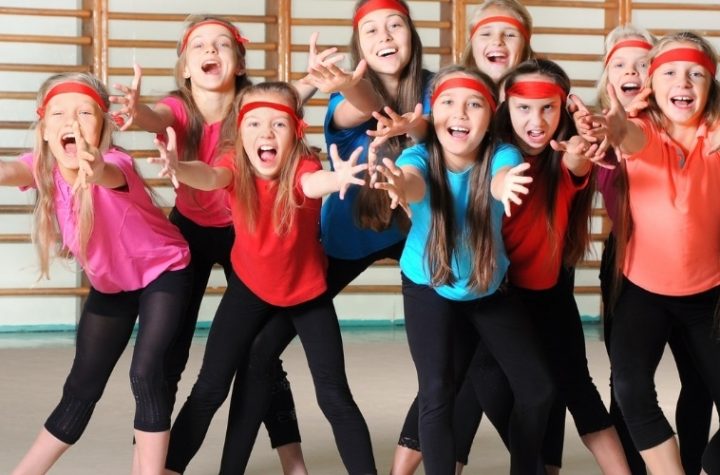 How to name a dance group
How to name a dance group Home » Tips
People danced at all times and epochs, moreover, each nationality, during the period of development, formed its own unique dance. Dancing can express your attitude to what is happening or a person, show your mood and emotional state. In addition, dancing is a good helper for improving health. Therefore, in every city you can find a club or a dance school. If you decide to create your own team, we will help you choose a name for the dance group, which will reflect the direction and your ambitions.
Read: Interesting questions to think about.
Content
- Principles The name of any dance or musical group is a name. A name that should attract and explain, so you need to choose wisely. To do this, there is a simple algorithm that will help you briefly and clearly find the name.
First, let's break all the names into groups. There are approximately five of them, where each group emphasizes a certain direction.
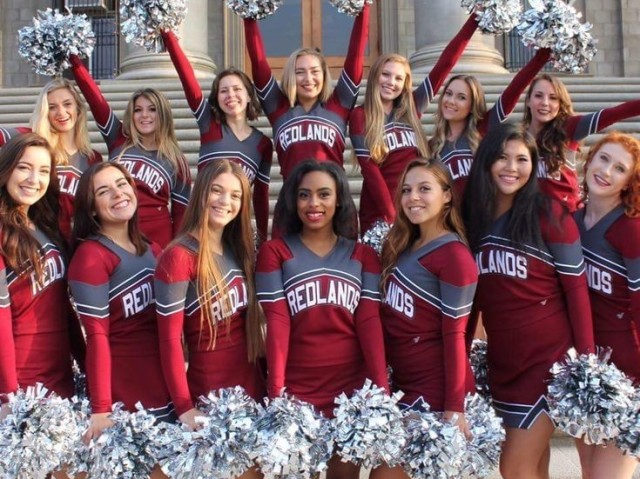
- A group in which the words "Dance" or "Ballet" are played. You can highlight the direction of dance or its homeland. Such names immediately determine the direction and weed out strangers. For example, the "School of Oriental Dance" or "Classical Dance" immediately determines the clear direction in which the team works.
- The second group is the group associated with experiences, emotions that dance gives. Names can do without dance themes, but they certainly emphasize positive feelings. For example, “Happy Faces”, “Midnight Inspiration”, “Charmed” or “Young Soul” - such names convey the mood of the whole team, and can work in any direction.
- A group where some movements, rhythm, energy are actively used. Here you can pick up a name in which the word "Dance" is not even used. For example, "Rhythm", "Light steps", "Smooth movements" or "Russian pirouette".
- A group whose name contains a reference to a locality. Everything is simple here - "Moscow movements", "Rostov mix" or "Volgograd umbrellas".

- A group whose name has nothing to do with dancing, but sounds biting and immediately attracts attention. For example, "Constellation", "Milky Way", "Light of Russia" or "Snow Leopards".
Choosing a beautiful name for your team, you need to use all the nuances. It is they who will attract the attention of strangers. There are a lot of tips for this.
- Be sure to consider the genre in which you will move and develop. For example, modern and classical art have practically nothing in common. Accordingly, the names should clearly correspond to the style and genre.
- The age category of participants is an important factor. Child group names are simpler and contain catchy words. Adults should convey a deeper meaning.
- It is desirable to choose a name that is easy to pronounce. Do not choose complex names, as a rule, most people do not remember them.
- If you open a studio that will develop in national directions, be sure to consider this fact.
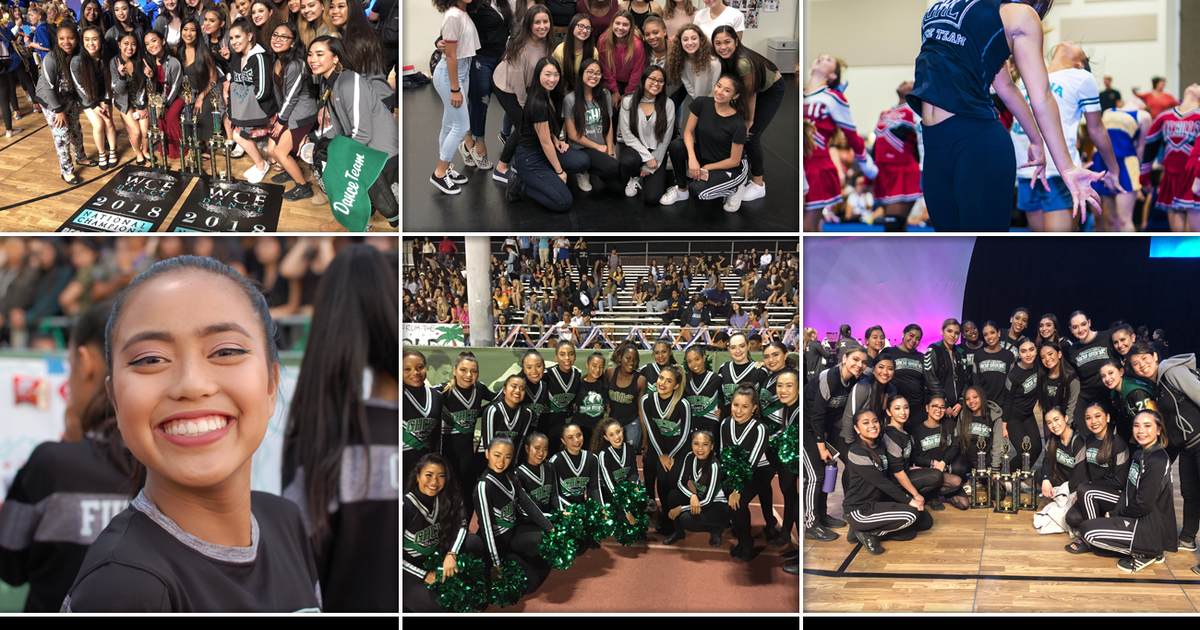
- Try not to include more than two words. It is believed that long names are repulsive. In addition, all catches in the title must be combined or continue each other.
- The new name should not be similar in spelling and sound to an existing band. The mirror effect will work here - people will draw a parallel with a well-known group. This can be very damaging to young dancers.
- Simple but specific words can be used. For example, the names of countries, the direction and style of dance, some elements of national costume clothing or musical items.
- Name is the name that creates your image. Remember - the audience will always draw an image in their head, even before the moment of your performance. This means that even before you came out, he had an impression of the band from the name.
- If you work in several directions, you can allow a little humor. This applies to children's groups. However, here you need to be careful not to overdo it.
- The last point - a new name should be remembered, create an image and emphasize individuality.
This is the only way to achieve recognition from the audience. Remember - you are not the first to decide to create a dance group, there are many of them, so the key to success is a bright image.
How to name a children's dance groupChildren's groups are always a surprise, joy and delight. Therefore, the name of a children's dance group should be like a miracle or cause a smile.
Examples
- Sky swallows.
- Sunshine.
- Sunbeams.
- Sunbeams.
- Sun glare.
- Colorful clouds.
- Asterisk.
- Constellation.
- Ursa Major constellation.
- Orion constellation.
- Constellation of dance.
- Rainbow.
- Iridescent glitter.
- Drop.
- Funny drops.
- The world of dance.
- Pathfinders.
- Children's dance school.
- Kolobok.
- Pestrels.
- Parsley.
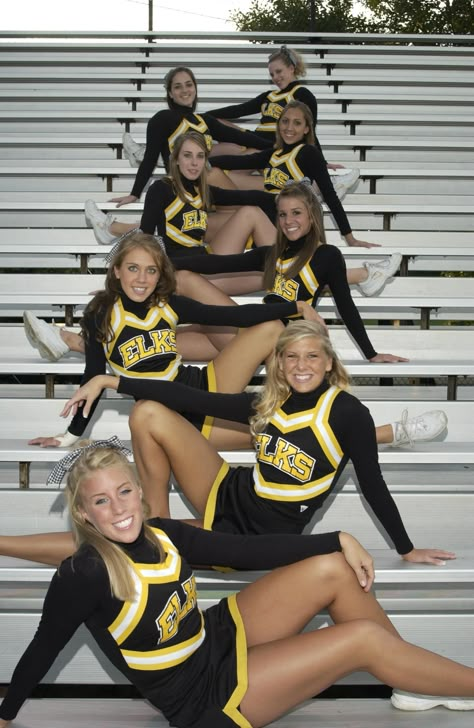
- Pinocchio.
- Smile.
- Rain.
- Raindrops.
- Fairy tale.
- Visiting a fairy tale.
- Wind.
- Wind.
- Joy.
- Hope.
- Debut.
- Spring.
- Spring.
- Children's modern dance.
- Children's classical dance.
- Children's variety dance.
- Children's popular dance.
- Children's fun.
- Fun.
- Bouquet.
- Rose.
- Chamomile.
- Tulip Children's Dance Studio.
- Cornflower.
- Ghost Riders.
- Voskhod.
- Seashore.
- Bright day.
- Primer of dance.
- Dancing alphabet.
- Letters.
- Freckle.
- Cherry.
- Sunflower.
- Pea.
- Firefly.
- Beetle.
- Mountain Eagles.
- Courageous eagles.
- Mountain peaks.
- Wide steppe.
- Meadow.
- Forest fairies.
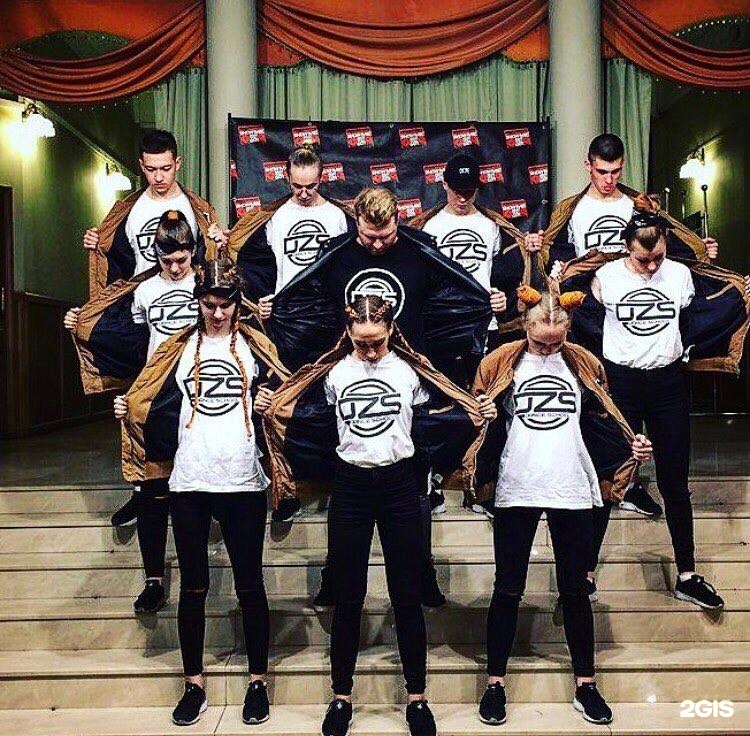
- Forest robbers.
- Polyanka.
- Rhythms of childhood.
- Ray of hope.
- Cheerful smiles.
- First step.
- Enthusiasm.
- Children's happiness.
- Rowan.
- Rowan.
- Willow.
- Willow.
- Twig.
- Dance energy.
- Heart.
- Birch.
- Birch.
- White birch.
- Oak.
- Oak.
- Poplar.
- Feather.
- Light feather.
- Arrow.
- Arrows.
- Ring.
- Ring.
- Rosa.
- Dewdrops.
- Morning dew.
- Evening dew.
- Fidget.
- Bee.
- Bees.
- Kalinka-raspberry.
- Caramel.
- Icicle.
- Cascade of happiness.
- Cascade of smiles.
- Cascade.
- Snowflake.
- Snowman.
- Cheerful girls.
- Cheerful boys.
- Moth.
- Swifts.
- Crane.

- Crane.
- Amur tiger cubs.
- Forest squirrels.
How to name an adult musical groupAdult groups can be called more complicated, include several words. It is also recommended to use foreign words. It is believed that this gives a higher status to the female and male team.
Examples
- Dance set.
- Energy of the night.
- Victoria.
- Contemporary ballet.
- Dance energy.
- Energy of movement.
- Recalcitrant.
- Wild hearts.
- Revolution.
- Dance revolution.
- Dance revolution.
- Rhythms of the night.
- Destroyers.
- Black rabbits.
- Black Panthers.
- Night Wolves.
- Wild cats.
- Golden age.
- Silver age.
- Bronze Age.
- Pedestal.
- Moonwalk.
- Night pearls.
- Diamond movements.
- Frank movements.
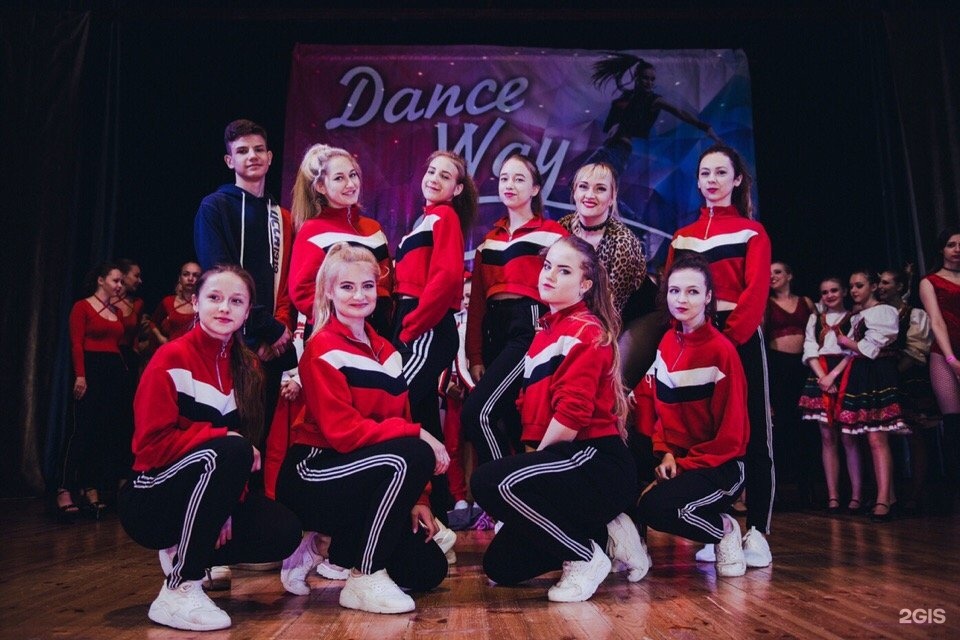
- Dancing in the rain.
- Hurricane of feelings.
- Storm.
- A storm of emotions.
- Restless guitar.
- Mountain river.
- Noisy city.
- City hooligans.
- Night robbers.
- Dancing bandits.
- Speakers.
- Dynamite.
- Storming the brain.
- Dancing smiles.
- Orient Express.
- Northern Lights.
- Dancing skeleton.
- Musical assault.
- Music attack.
- Soldiers of music and dance.
- Wizards of rhythm.
- Wizards of dance.
- Urban legends.
- Dance legends.
- Legendary movements.
- Waterfall of the senses.
- Dancing bones.
- Explicit movements.
- Noisy crowd.
- Night hooligans.
- Night wolves.
- The best time.
- Animals on stage.
- Snipers of hearts.
- Dirty dancing.
- Walking on the heads.
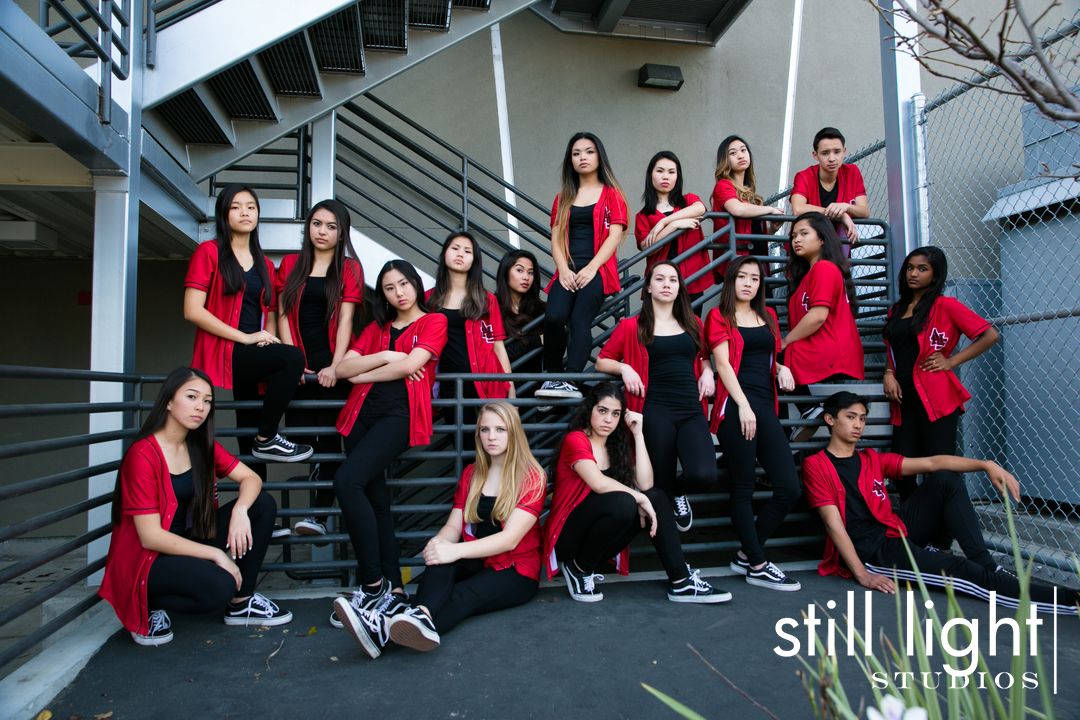
- Seeking the light.
- Dancing skeletons.
- Frantic rhythm of the night.
- The celebration of the dance.
- Atamans.
- Loose legs.
- Angina.
- Crazy dancers.
Cool name for a dance groupThe name of the group is the business card of each member. Therefore, each group tries to stand out. However, you can overdo it here, so choose carefully. Below are options for dance groups for girls and guys.
Examples
- High heels.
- Cool guys.
- Restless dancers.
- Restless legs.
- Whirlwind of dance.
- Dancing hurricane.
- Dances of the world.
- The world is in motion.
- Bright heads.
- The art of movement.
- Correct movements.
- Musical rhythm.
- Heart rhythm.
- Light spot.
- The fifth element.
- Favorites of the scene.

- Night performers.
- Modern movement.
- New wave.
- The best group.
- Ideal movements.
- Graceful movements.
- The grace of a cat.
- Grace.
- Kaleidoscope of dance.
- Dance mix.
- Dance disc.
- Light step.
- Leaf.
- Diamond smile.
- Crystal step.
- Wild cal.
- Easy jump.
- Oxygen.
- Poisonous movements.
- Toxic group.
- Dangerous movements.
- Fierce dancers.
- Pearls on stage.
- Pirate ship.
- Jolly Rogers.
- Electronic bunnies.
- Catastrophe.
- Dancing on a hospital bed.
- Soaring mountains.
- Amazons from Moscow.
- Dancing fantasy.
- Dancing on the bones.
- League of Movements.
- Stop on demand.
- Perfect movements.
- Psycho dance.
- Poisonous dancing.
- Bright heads.

- Toxic dancing.
- Sulfuric acid.
- New wave.
- Pirate dances.
- Blackhare.
- Dance league.
- Upper leg movement
- Paranoia.
- The right direction.
- Straight road.
- Bright path.
- Angels of light.
- Guiding star.
- Alone on the planet.
- Dancing in the dark.
- Subway entrance.
Dance group styleWhen choosing a name for your group, pay attention to the style in which you will develop. It can be used in the name of the group. However, as practice shows, over time the name becomes irrelevant. The fact is that, developing, the group will go further, which means they will adopt other styles.
Examples of dynamic, modern style
- Heart beats.
- 120 bpm.
- Pulse.
- Pulse.
- Grace of hip-hop.
- Hurricane on stage.
- Storm in a teacup.

- On the last breath.
- Movement by notes.
- Metro.
- Rhythm car.
- Revolution.
- Next move.
- New generation.
- Liners.
- Street Jazz.
- Step up.
- Crazy dancers.
- Kamatosis.
- Dance on glass.
- Dancing with a scythe.
- Zebra.
- The best dance mix kids.
- Smooth movements.
- Smooth movements.
- Soaring above the dance floor.
- Breaking dance floors.
- The road to paradise.
- Stage angels.
- Endless rhythm.
Examples of classical and national styles
- Flamenco classics.
- Tango of the heart.
- Curtsy.
- Modern ballet school.
- Mountain Eagles.
- Caucasian rhythms.
- Mountain hearts.
- Ararat.
- Classic style.
- Steppe rhythms.
- Movement lines.

- Fashion foxtrot.
- Timeless classic.
- Northern melodies and rhythms.
- The Great Four.
- Rhythms of the Caucasus.
- Rhythms of the steppes.
- Hot South America.
- Classical revolution.
- Dances of the peoples of Russia.
- Endless dances.
- Dance palette.
- Forest spirits.
- Harmony in motion.
- The illusion of fear.
- Illusion of the heart.
- Heartbeat.
- Beating of the heart.
- Colors of the world.
- Heart paint.
Name and locationA good name for a dance group would be to mention the area where the group is going to start. It can be a city, state, or country. However, there are groups that only mention a street or neighborhood.
Examples
- Petersburg umbrellas.
- Petersburg classic.
- Moscow night.
- Altai Dawn.
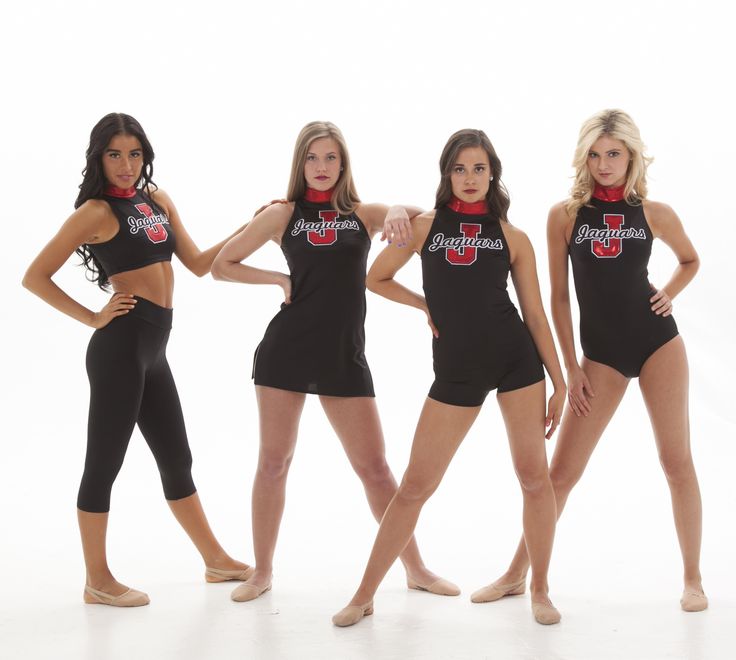
- Caucasian rhythms.
- Steppe patterns.
- Kuban fidgets.
- Russian rhythms.
- Rhythms of Ukraine.
- Kazakh steppes.
- Dance school of the peoples of the North.
- Rostov mix.
- Kemerovo melodies of the heart.
- Lights of Moscow.
- Ogonyok Rostov.
- Stars of St. Petersburg.
- Beauty of Altai.
- River fairies.
- Angora witches.
- Light of Khabarovsk.
- Dancers from the outback.
- Rhythmic village.
- The rhythm of the steppes.
- Forest demons.
- Krasnoyarsk ladies.
- Rhythm of night Omsk.
- Sunny Caucasus.
- Northern vortex.
- Night Moscow.
- Club Moscow.
- Novosibirsk smiles.
- Hollywood smile.
- New York at night.
- Dirty streets of Washington.
- Outcasts of Siberia.
- Siberian bullfinches.
- Black Sea coast.

- Crimean melodies.
- Dancing near the Black Sea.
- Berry mix from Altai.
- Proud Baikal.
- Moscow rhythm.
- Russian joy.
- Novgorod pride.
- Made in Russia.
- Made in USSR.
- Storm of the East.
- Dream of Siberia.
- Tear of the Caucasus.
- Highlanders.
- Steppe dwellers.
- Amur tiger cubs.
- Siberian cubs.
- Forest squirrels.
- Krasnoyarsk rabbits.
- Baikal waves.
- Cote d'Azur.
- French quadrille.
- Power of Siberia.
- Petersburg stars.
When choosing a name for a dance group, pay attention to the number of people, style and age of the participants. This will make it much easier for you to come up with something original. A dance group of girls will sound softer. The male team will have a more brutal name. And the children's bright and sunny.
Rating
( 4 ratings, average 5 out of 5 )
Graduate of the Russian Theater Academy.
Share: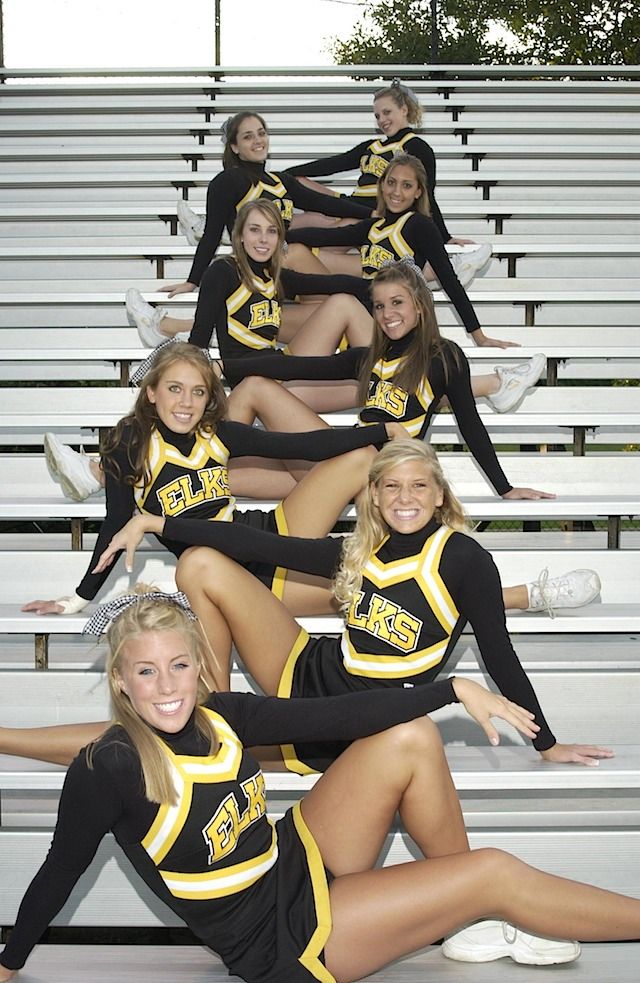 Adventurer for life.
Adventurer for life. Starter Dance Marathon (for 2 teams with adults) | Methodological development (grade 5) on the topic:
Good afternoon, friends! I salute you!
It is not often that you see so many spectators in this hall.
Autumn… We should lie on the stove, but we gathered here… What for? In order to stretch our bones, plant the vocal cords and beat our hands! We will have fun, dance and cheer for our beloved teachers and colleagues. Indeed, today in our club there is a dance show "Starteenager".
To everyone who came to the most fun, most musical, most dance competition - "Starteenager" Hello!!!!!
For a good holiday (looks at his notes) groovy music is needed.
(music added) Yes!
We need spectators.
Are there spectators? (Answer from the audience) Of course there is!
I greet those who come to this hall today.
Hey, open your eyes!
Prick up your ears!
I'm starting the Star Show! Today you will find original dances and a sea of energy.

Remember, it depends on you which team will win in our game.
Let's get acquainted with our teams:
Team "Youth of the 21st century" team captain Alexander Nikolaevich
Team "Black Hearts" team captain Irina Anatolyevna
(teams go on stage)
Let's greet them with applause! Teams will get to know each other by showing their greeting.
Greeting of the “Youth of the 21st Century” team
Greeting of the “Black Hearts” team
Teams must be very worried, because the first “Homework” competition is ahead of them
In order to start our competition, we need to determine the order of performance of the teams, But how to do it without the presentation of the jury? And so, we welcome respected people: chairman of the jury - Chuverova Lyudmila Nikolaevna, head of the department of social protection of the population in Kiyasovsky district
Members of the jury:
- Golovkina Severina Alekseevna, Leading Specialist - Expert of the Department for Youth Affairs of the Administration of the municipality "Kiyasovsky District"
- Krasnoperova Tatyana Gennadievna, Senior Specialist of the Administration of the Municipality "Pervomayskoye"
- Levochkina Tamara Nikolaevna, artistic director " Pervomaisky TsSDK
- Sukhanova Nadezhda Valentinovna, Honorary Worker of General Education of the Ministry of Education of the Russian Federation;
Now we know the jury by sight and in case your favorite team loses, you know who from the jury will be personally escorted home.
 Is not it?
Is not it? I ask the captains to determine the order of performance of the teams by pulling the token from the jury table. What good fellows you are! No, you are laughing, smiling, but could you do it yourself? This and that…
The jury sums up the results of the competition, and the teams prepare for the presentation of their homework. Today we will see how they coped with it, and who will receive an excellent mark for self-preparation today.
Let's start!
Competition "Homework"
And we move on to the next competition, which is called "dance - imitation". I ask both teams to take the stage. The captain stands in front of his team and shows the movements, quickly switching from one music to another. The team must synchronously repeat all the movements behind their captain.
The jury evaluates the frequency of change of movements, the variety of movements, the ability to quickly adapt, hear the music and get to the beat.
Fans of chairs we do not break
We do not beat the jury, we do not interfere with dancing
Behave quietly and very decently:
Shout, whistle and stomp perfectly!
Imitation Dance Competition
While the jury is summing up the results, our fans are trying and supporting their team!
Let's see the jury's scores for the second competition, which was called
"Dance - imitation".
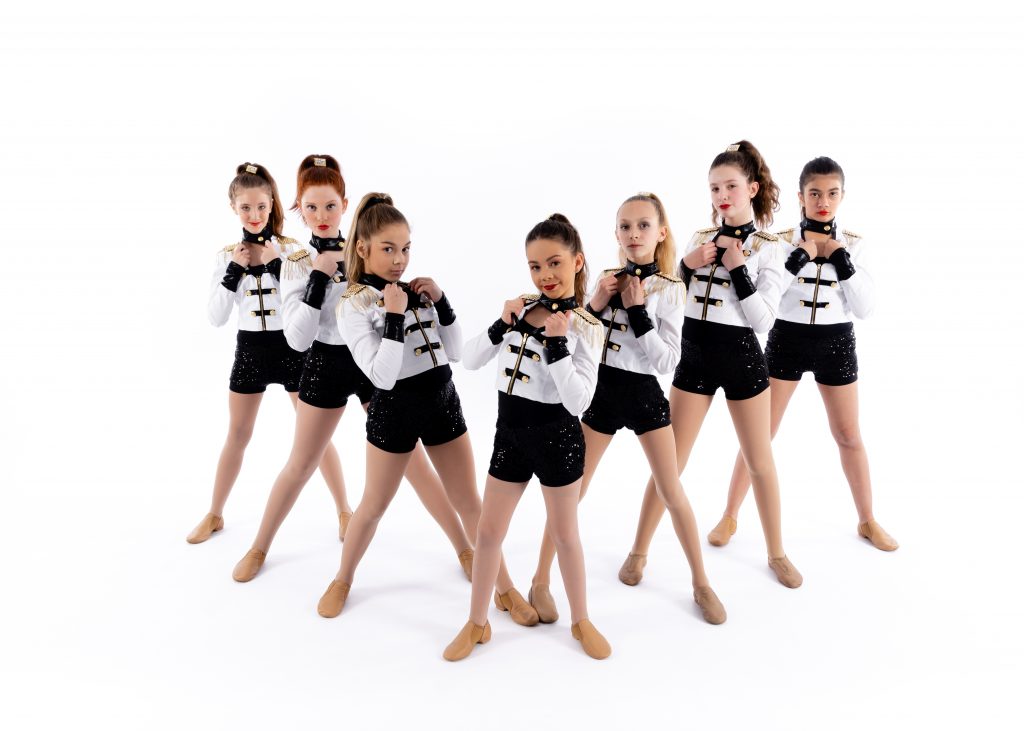
(the jury shows the scores)
The start is given, you did an excellent job with the competition and showed that you know how to work in a team. Now is the time, based on pedagogy, to use a person-centered approach. A competition called "Pair Dance" will help me in this. For this competition I will need one pair per team. Your task: to perform a dance called "waltz". Beautiful and smooth, slow and sensual, so many songs and poems have been written about him. Evaluation criteria: plasticity, grace, emotionality, hitting the beat, the ability to work in pairs. I ask couples to take the stage.
Don't hide. Just get out.
Let the bird burst into the sky from the chest.
And you dance. Dance like rain
Don't be afraid - you won't lie by dancing.
Dance while the spark burns,
And the dance of feeling speaks.
Competition "Pair dance"
Excellent! It was unforgettable! Your duets will forever remain in our hearts, we will pass on your names to our children, grandchildren, great-grandchildren .
 .. Well done! It's time to see the scores!
.. Well done! It's time to see the scores! (the jury shows the scores)
And we smoothly move on to the next competition, which is called “Who will dance whom”.
The task of the teams: to take their place, move chaotically - beautifully, to the music. You need to select the movements yourself, do not repeat after the captain, and the main condition is not to stop! Dancing on the spot or a hitch is equated to losing in this competition or deprivation of wages, as anyone understands better. The jury evaluates the dynamism of the dance, the variety of movements, the emotionality of the participants.
Center or School will win the battle?
Who will be the winner of the tournament?
I know that the loser will get hit
Both from the director and from the team
Therefore, my friends, try hard! Everyone is looking at you! Your team and your children believe in you! Today you are the stars, light it up!
Competition "Who will dance whom"
That's energy! This is raskolbas, as our children say.
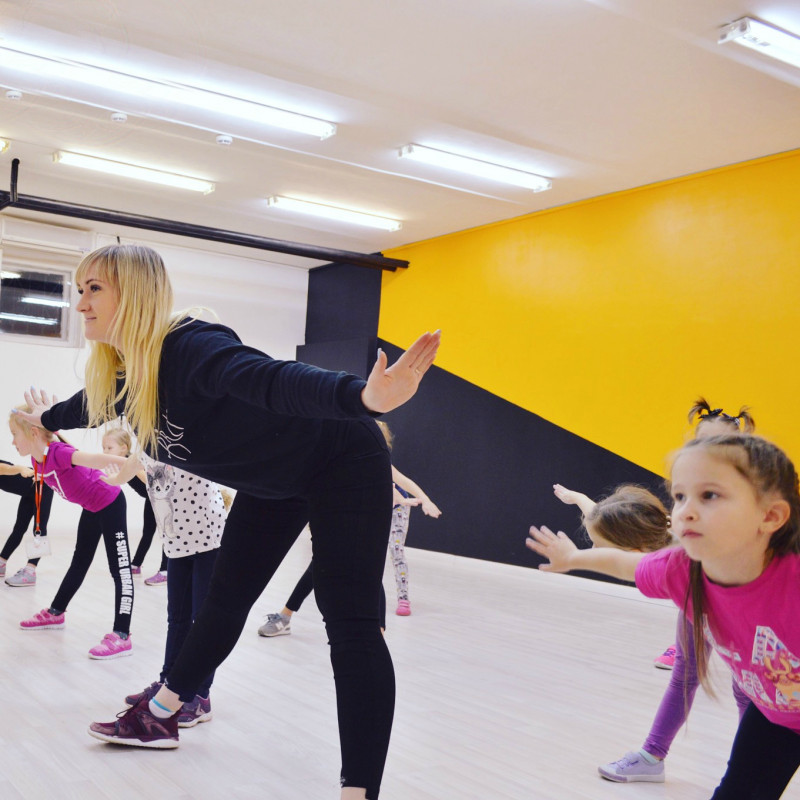 Let's see if our jury liked your dances.
Let's see if our jury liked your dances. (jury shows marks)
The next competition will require additional preparation from you. I am sure that you will cope with the task, which is as follows: now I will give each team one situation, which you will have to play out in front of us with the help of a dance. You will only hear music on stage. Speech cannot be used. Preparation time 3 minutes. Is the assignment clear?
The jury evaluates the originality of the dance - situations, the involvement of all team members in the dance, emotionality, artistry. So, the teams leave to get ready for the dance, and we invite fans from the Black Hearts team and fans from the Youth of the 21st Century team here, because the turn of the fan competition has come.
While the fans are on stage, I will explain what the competition is: the fans will have to shout down the opposing team of fans using the chants you have learned. You will simultaneously shout out the chants you know.
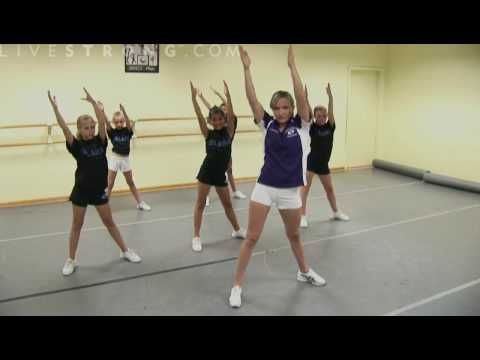 The jury will evaluate your activity, your emotionality and organization. Go!
The jury will evaluate your activity, your emotionality and organization. Go! Fan Contest
So, the votes are planted, the fans are charged, the jury and the audience are deaf… Please rate the fan contest!
(the jury shows the scores)
Youth is a wonderful state and time of life. You need to spend it and live it so that the memories remain for the rest of your life. Of course, we are talking about positive impressions and emotions. I hope our teams will surprise us and will be able to ignite us with the energy of dance.
So, "Dance - situation"
The jury evaluates the originality of the dance - situations, the involvement of all team members in the dance, emotionality, artistry. Go!
Competition "Dance - Situation"
You did an amazing job!
Are we ready to see the jury's scores? Of course! The jury is the voice of the people and it cannot be wrong!
(the jury shows the scores)
The one who is young at heart and soul is dancing
The one who is not afraid of difficulties, obstacles is dancing
The best of the best are on this stage today
And each of the guests is glad to see them
The next competition called "Dance Globe".
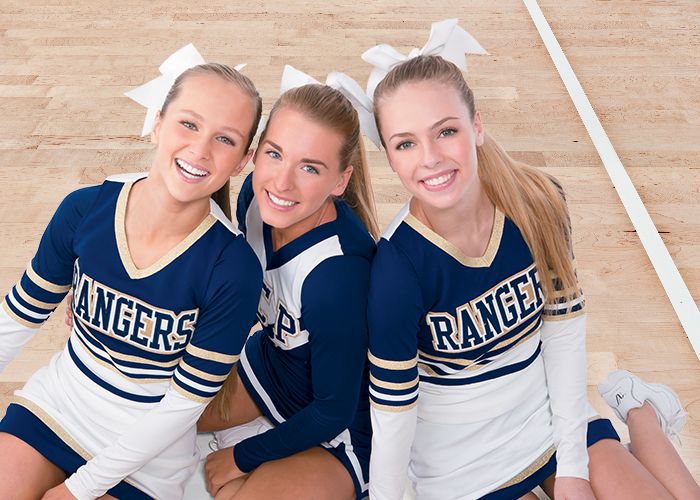 All participants of both teams participate in this competition. You will hear compositions of different nations, different eras and different dance styles. The task is not easy: to quickly hear and understand what kind of music sounds and start dancing the movements characteristic of this composition. The jury evaluates the ability to quickly orientate, originality of movements, creativity, artistry of the participants and the ability to negotiate in a team.
All participants of both teams participate in this competition. You will hear compositions of different nations, different eras and different dance styles. The task is not easy: to quickly hear and understand what kind of music sounds and start dancing the movements characteristic of this composition. The jury evaluates the ability to quickly orientate, originality of movements, creativity, artistry of the participants and the ability to negotiate in a team. Let's start!
Dance Globe Competition
Just a little bit left before the end of the competition, and now we are ready to see the scores of our esteemed jury!
(the jury shows the scores)
I read on the Internet: If you want to lose weight Have a slim waist Do not eat pork soup Spin the hula hoop. I think the starter training was better than any hula hoop and hoop. Let's see how our teams will cope with the next competition, which is called "Dance - Surprise". Your task is to draw a lot and dance a dance with an object that will be indicated in the lot.
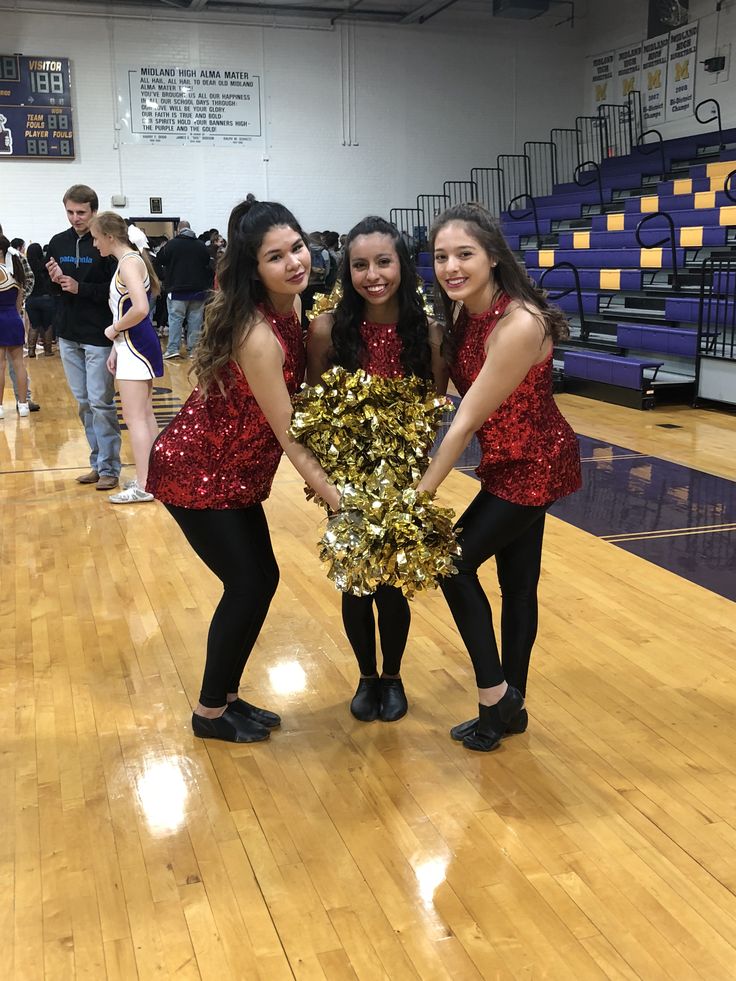 Not an easy task, but I hope you can handle it.
Not an easy task, but I hope you can handle it. Fans, don't stand on the edge,
don't stand on the sidelines
dance, whistle
and clap loudly!
Fans are ready to support you in difficult times. And the jury is ready to fairly evaluate your dances. Evaluation criteria: flexibility, plasticity, originality, emotionality, artistry, dance choreography.
Go!
Guys - go ahead! Guys - let's go!
Guys - don't fall asleep on the stage!
"Dance - surprise"
We are ready to see the scores of our esteemed jury!
(the jury shows the scores)
The strength is already running out, the pulse is such that the doctors grab their heads! The starter is coming to an end and the final competition of our dance marathon will be a dance battle of both teams. The essence of the competition: teams line up opposite each other. On my whistle, a member of one team comes out to the music and dances using original movements.
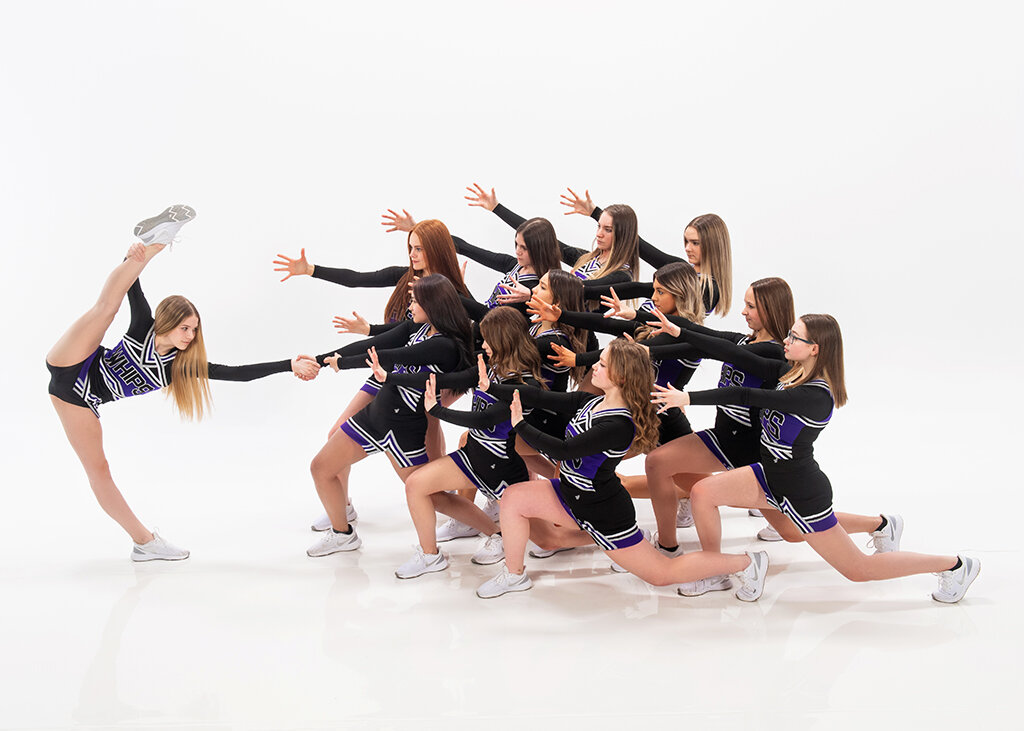 At the next whistle, the participants change and onto the stage, a participant enters the middle of the hall - an opponent who dances until the next whistle. At the whistle, the next member of the first team comes out again. Important: the participants are not repeated, the whole team participates in the competition. Welcome originality and artistry! Reade set Go! Go go!
At the next whistle, the participants change and onto the stage, a participant enters the middle of the hall - an opponent who dances until the next whistle. At the whistle, the next member of the first team comes out again. Important: the participants are not repeated, the whole team participates in the competition. Welcome originality and artistry! Reade set Go! Go go! Competition "Wall to Wall"
The jury has a difficult task: remember the arithmetic operation, which is called addition! You will have to add up a lot, because behind 9 competitions and 2 teams. Teams that did something today! Teams that surprised not only you, me and our esteemed jury. They surprised themselves! Dancing is life! Active dancing is an active life! Today our participants managed to fall in love with the whole audience! I'm sure there are no indifferent people in this hall! Let's applaud them!
While the jury is summing up, I would like to hear your opinion about the competition, about the participants.


